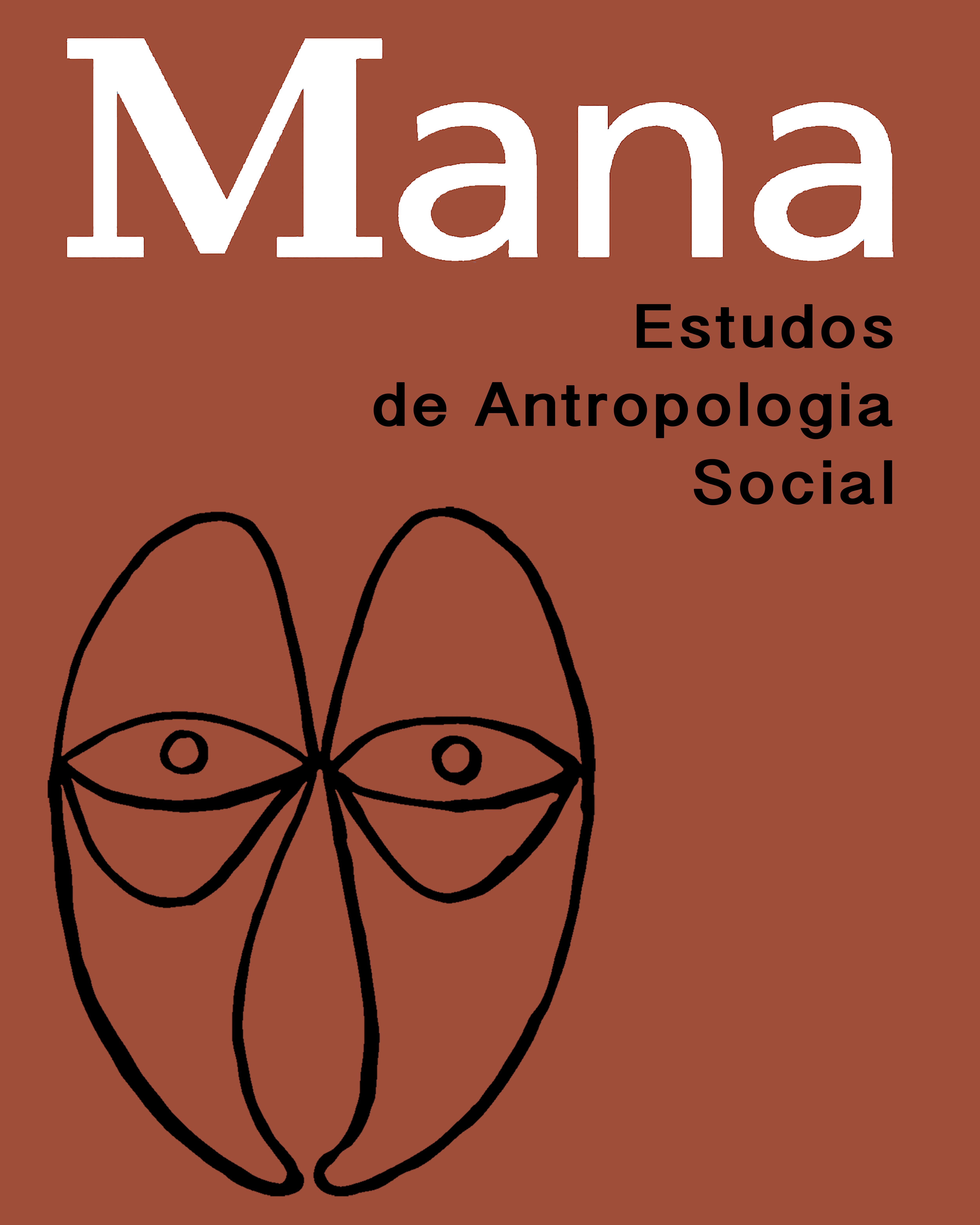Resumo em Português:
Este artigo analisa o impacto das relações assimétricas de "maestria" na criação e na perpetuação do parentesco. Seu foco etnográfico são os Kanamari, povo de língua katukina da Amazônia ocidental, que distinguem entre duas modalidades de distribuir e consumir comida: "alimentação", designando uma relação assimétrica de dependência; e "comensalidade", implicando relações mútuas de partilha de comida. A segunda categoria de relações deriva da primeira, que é a base a partir da qual o parentesco kanamari se constitui. A maestria é, desta forma, lógica e ontogeneticamente anterior à mutualidade. O artigo explora essa anterioridade através de uma análise das práticas de criação de xerimbabos, e dos laços entre mães e filhos e chefes e seguidores. Explora, ainda, a relação entre "alimentação", "comensalidade" e "predação", afirmando que, para os Kanamari, a alimentação é o meio para se transformar a predação em comensalidade.
Resumo em Inglês:
This article analyzes the impact of asymmetrical relations of "mastery" or "ownership" on the creation and perpetuation of kinship. Its ethnographic focus is the Kanamari, a Katukina speaking people of western Amazonia, who distinguish between two modalities of distributing and consuming food: "feeding", designating an asymmetrical relation of dependency; and "commensality", implying mutual relations of sharing food. The second category of relations is derived from the first, which is the baseline from which Kanamari kinship is constituted. Mastery is hence logically and ontogentically anterior to mutuality. The article explores this anteriority through an analysis of pet keeping practices, and the bonds between mother and child and chiefs and follower. It also explores the relationship between "feeding", "commensality" and "predation", arguing that, for the Kanamari, feeding is the means for transforming predation into commensality.
